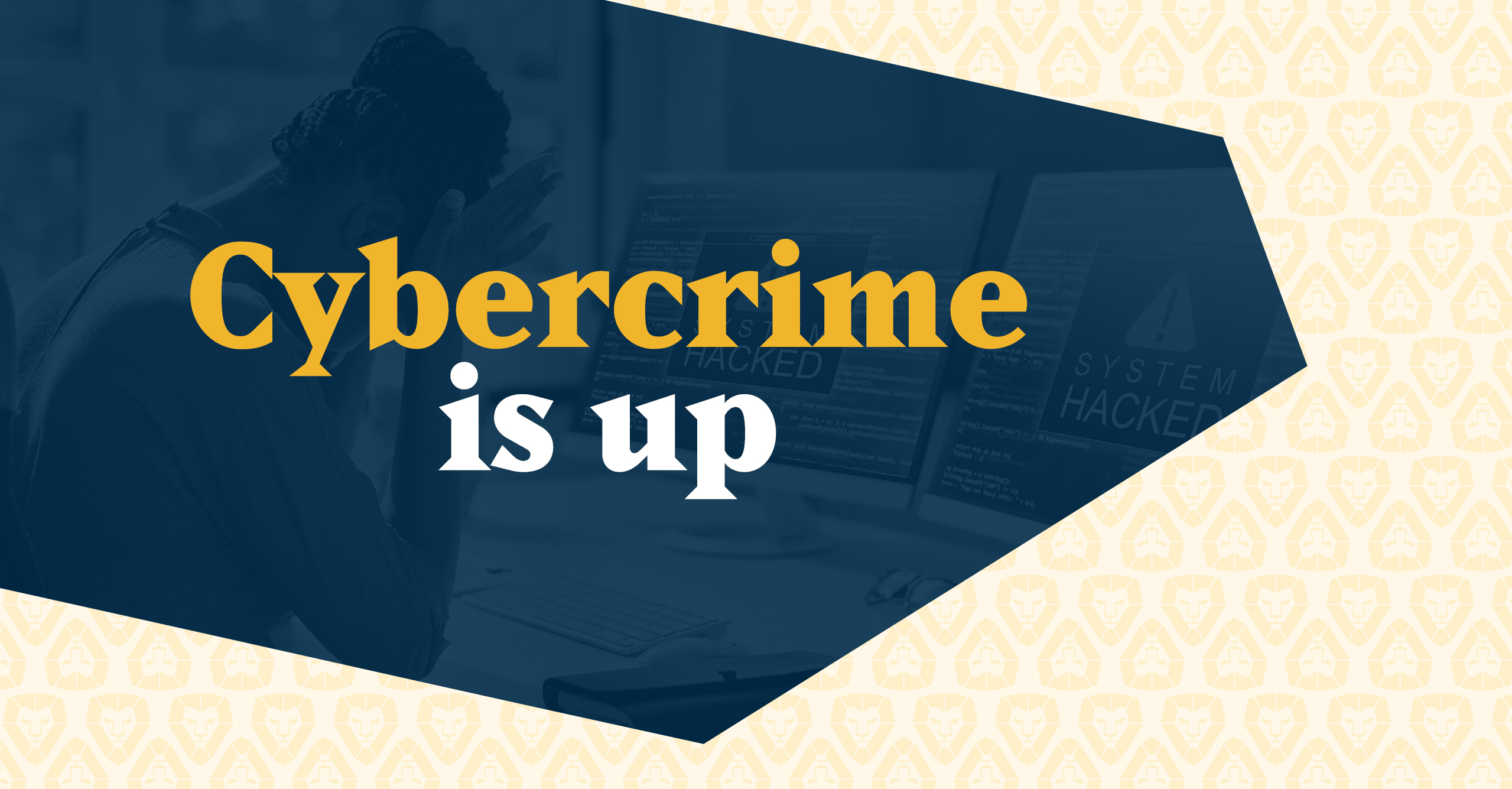
Cybersecurity standards can help MSPs navigate a dangerous world
Companies of all sizes are increasingly turning to third parties, such as managed service providers (MSPs), to handle all or portions of their IT needs.
Organizations face compounding challenges, ranging from a lack of funding to constantly evolving technologies, to increasing legal and regulatory requirements. On top of that, a lack of skilled and trained IT employees makes the predicament potentially perilous.
With the growing number of cyber threats, organizations are turning to MSPs to outsource their IT departments, hardware support, and network management, with the goal of increasing efficiency and strengthening their security posture. There is a growing opportunity for MSPs to expand their customer base, but alongside that opportunity, the risk of cyber-attacks is also growing.
In recent years, the cybersecurity community has published guidance and threat intelligence that show an increase in cyber threat actors targeting MSPs. The Center for Internet Security (CIS), a non-profit organization, has developed configuration policy benchmarks that organizations of all sizes should follow to protect themselves and mitigate risks.
Cyber Threats Are Increasing and Evolving
Beginning in 2021, ransomware attacks became increasingly focused on MSPs.
According to the Mid-Year Update to the 2022 SonicWall Cyber Threat Report, intrusion attempts (3 trillion), malware attacks (2.8 billion), IoT malware (57 million) and encrypted threats (4.9 million) were all on the rise. They increasingly use more sophisticated techniques, such as encryption, to go undetected.
The report also indicated that ransomware volume hit an all-time high in the second quarter of 2021 but trended downward in the third and fourth quarters of 2021 and the first quarter of 2022. The drop could be due to more rigorous requirements from cybersecurity insurance underwriters, but the volume remains far above pre-pandemic levels even with the decrease.
Perhaps even more concerning is the never-before-seen malware variants that continue to rise. Using malicious PDF and Office files, especially Excel variants, is increasingly common.
MSPs, MSSPs, and TSPs made up 39% of ransomware attacks, more than three times the next highest category — health, which accounted for 12%.
→ Take a look at the threats facing MSPs today.
MSPs Can Provide a Higher Level of Security and Management
MSPs offer a wide range of services that include software and security solutions that can help organizations reduce the risks that stem from understaffed and underfunded in-house solutions. Unfortunately, those same offerings that attract clients also attract cyber threats. MSPs are high-value targets as they often have extensive access to multiple customers’ networks and systems.
A compromised MSP can provide cyber threat actors access to multiple organizations’ data and systems, including proprietary information, maximizing their “bang for the buck.” According to open-source reporting, these attacks often exploit vulnerabilities in authentication methods, patching, and architecture at MSPs.
The CIS developed Critical Security Controls (CSC) to help navigate the increasingly dangerous cyber security landscape. These controls can help MSPs mitigate the risks they face, whether ransomware, malware or phishing.
CSC has been widely adopted by multiple governments, and non-government organizations, including the U.S. Government, via the National Institute of Standards and Technology’s (NIST) Cybersecurity Framework.
Different Customers Have Different Cybersecurity Needs
No two companies have the same cybersecurity needs. But there are a few industry standards that will help keep organizations safe.
To stay effective and avoid being overwhelmed, MSPs must follow guidelines (like CIS Controls) and leverage tools that incorporate security automation to handle this burden.
While some customers are resistant to enforcing cybersecurity standards, the cost of non-compliance is ultimately paid by the MSP.
The best cybersecurity standards and protocols won’t abate the risks, but they will help mitigate them while keeping their teams and partners safe. The world is dangerous, and history has shown that those dangers are only increasing.
Do you feel prepared to combat the challenges businesses face?
If not — or if you’re unsure — find out how Liongard can help secure your customers through automation.